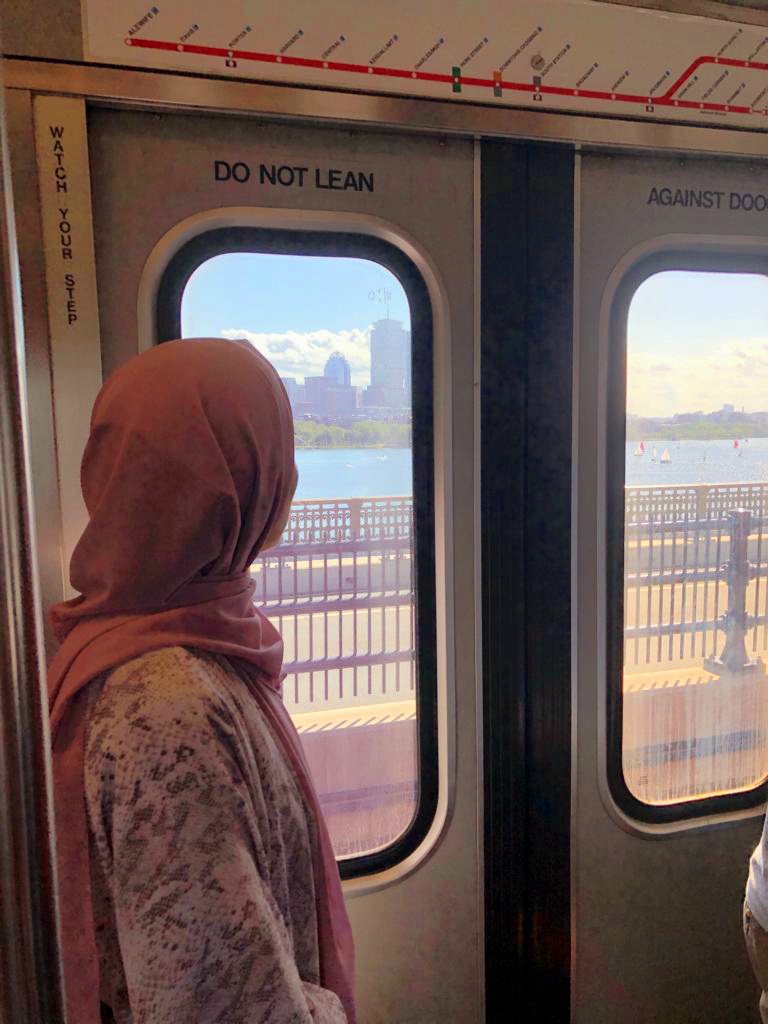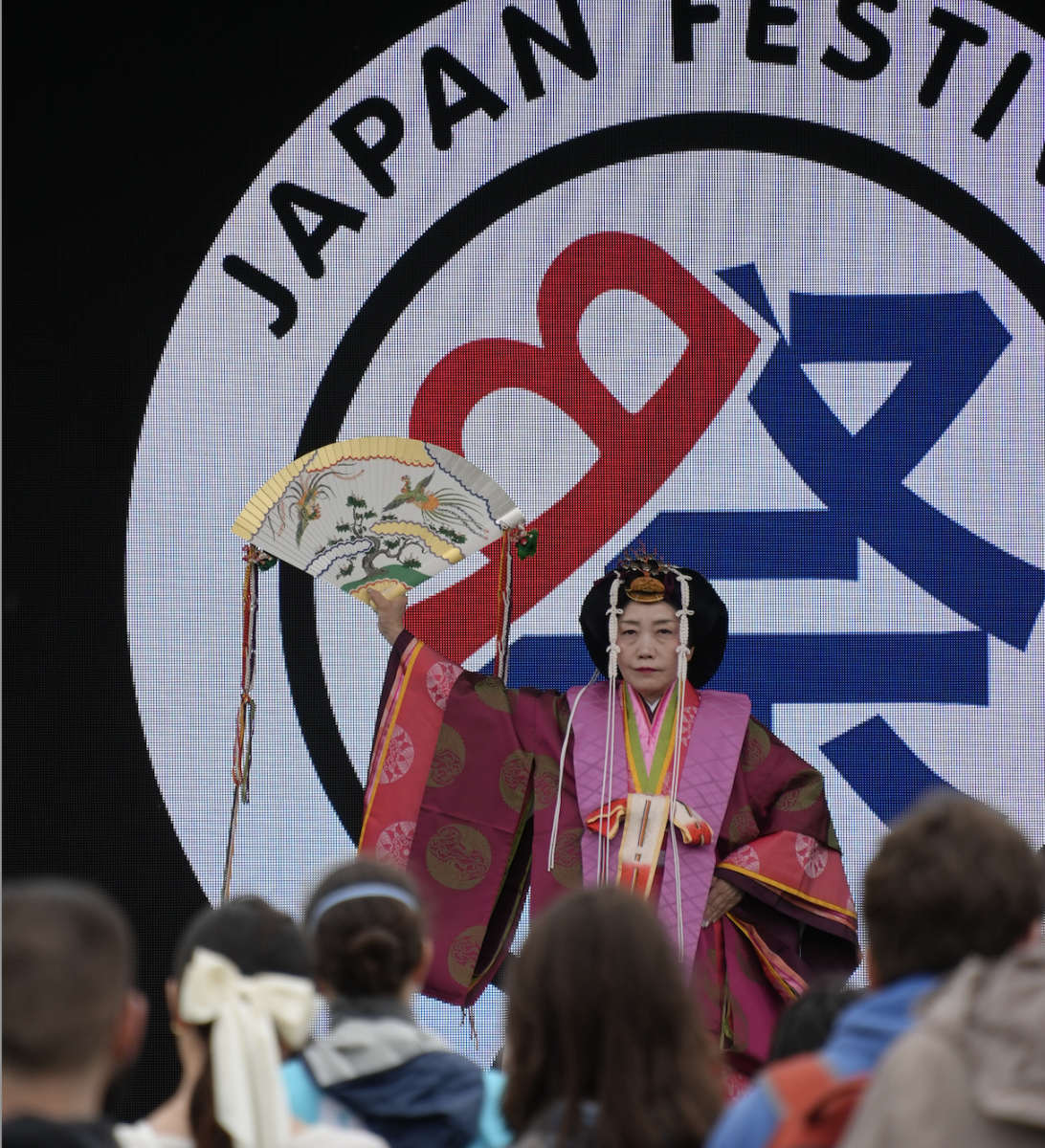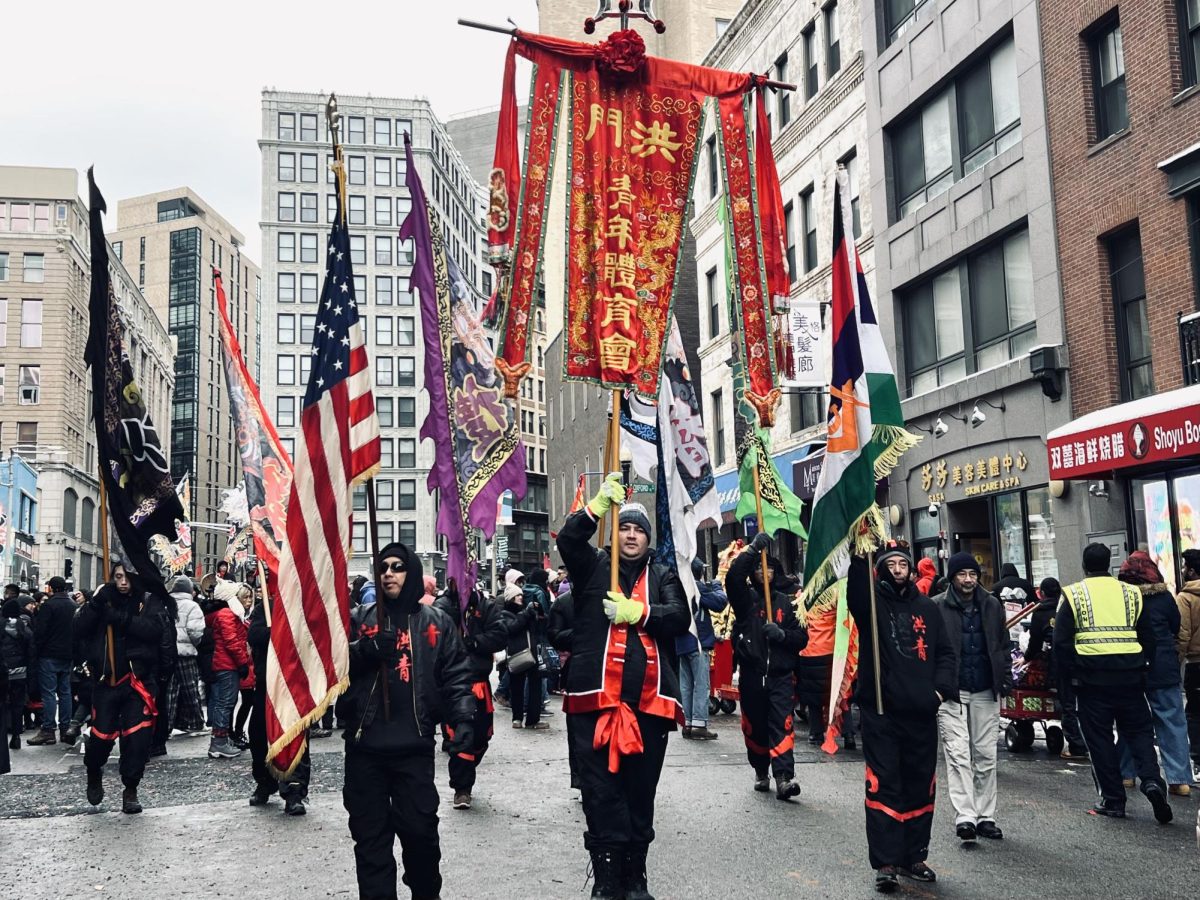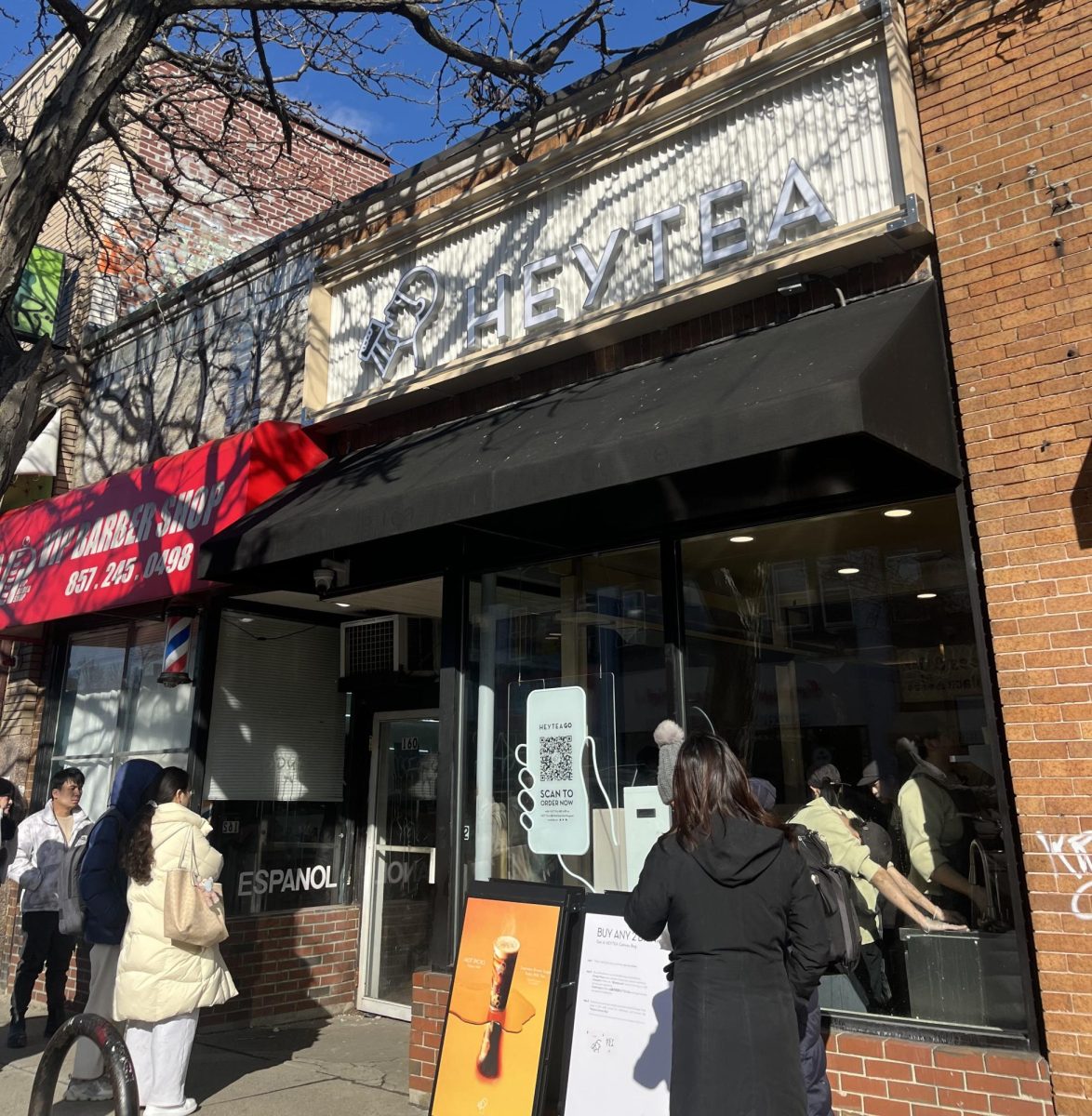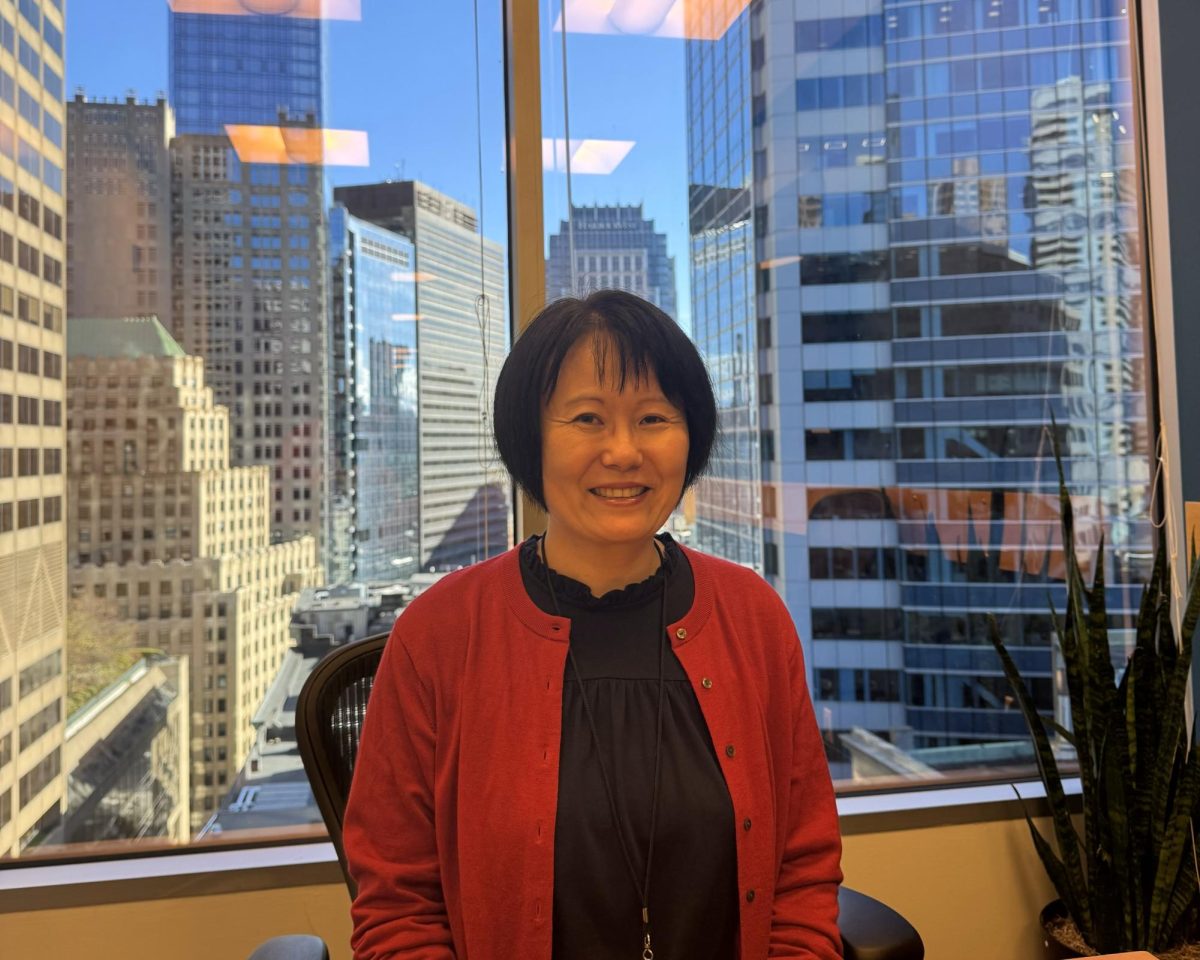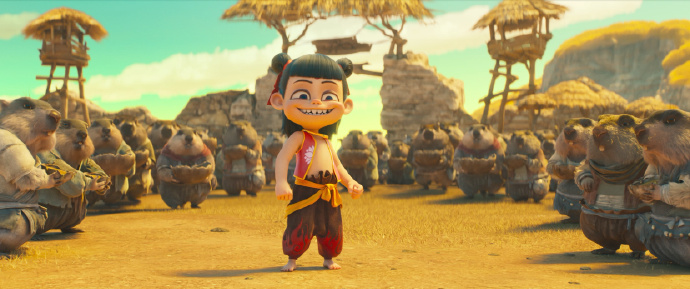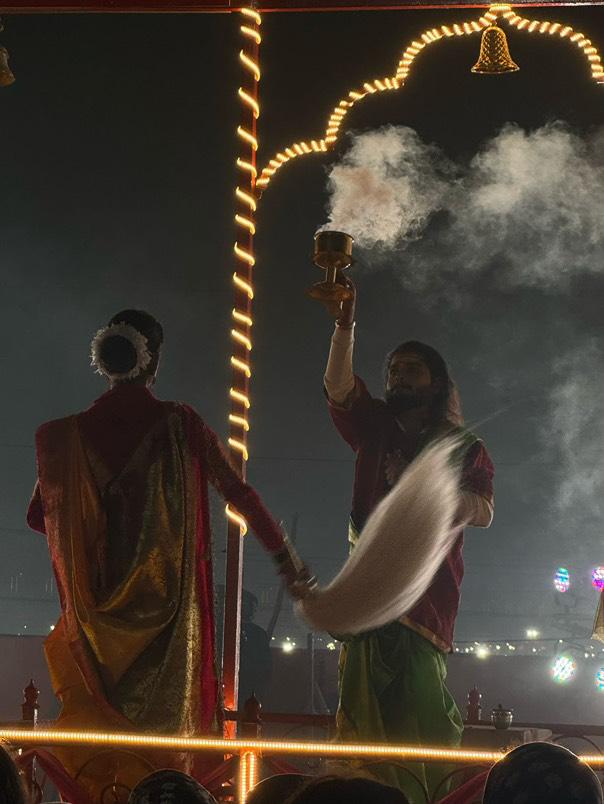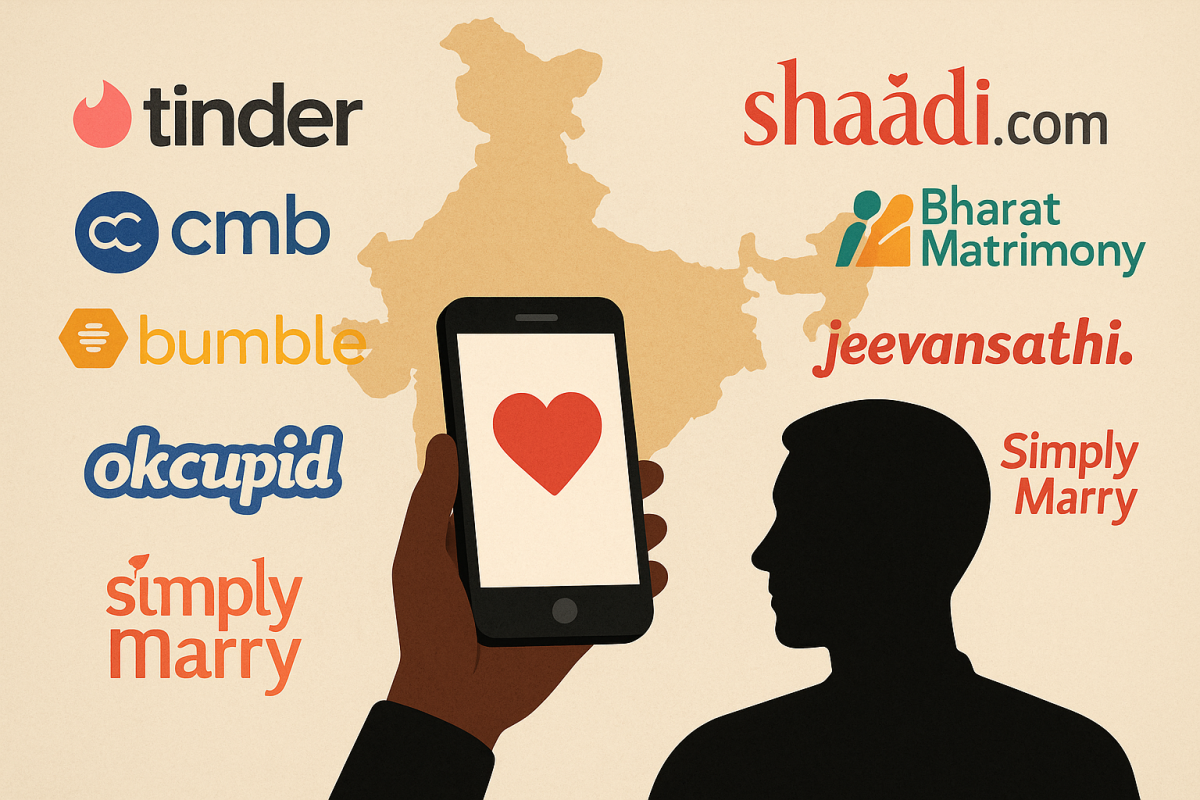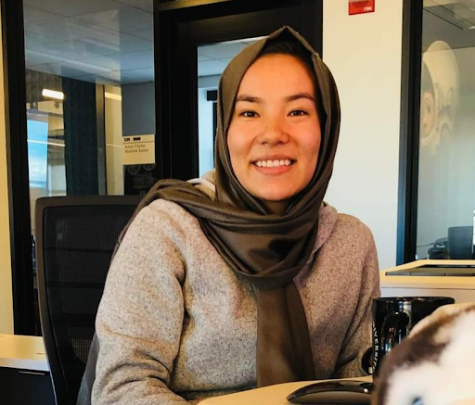When I landed in Boston in the summer of 2022, I was happy to go along when an American friend offered me a short tour of the city.
I was so excited that it was probably written all over my face. But that’s not what two women I encountered on the sidewalk near Boston Harbor noticed or saw.
Their deep and heavy stares as they took me in from the top of my head to my toes made it obvious to me that they saw me as nothing more than an outsider. A woman in a hijab. A Muslim.
It was enough to make me forget for a few seconds about all my effort to move halfway across the world to study in one of the best schools. I said to myself, “This is not your place, Sabira.”
It was killing me.
Their hostile stares also made me angry.
Does the fact that I wrap a scarf around my head and wear longer and more covered clothes make me a member of a terrorist group? I felt firsthand impacts of the hateful phenomenon of Islamophobia and its effects on social and cultural lives of Muslims in the United States.
Muslims make up 1.1% of the American population. This equates to about 3.45 million people out of a total of 331.9 million people in the U.S.. And this minority group carries a heavier burden based on religious identity than several other members of society. They are subjected to discrimination, physical and verbal abuse and hate crimes. But it doesn’t end at that – more often than not, they are stereotyped as terrorists, extremists and misogynists. This hatred finds its way into their personal and professional lives, hindering their way up the ranks.
“When I was running for the Cambridge office, it was a little more challenging because people would assume wrong things about me. Like, Am I related to a terrorist group?” says Sumbul Siddiqui, mayor of Cambridge, who succeeded in becoming the first Muslim mayor in Massachusetts history in the 2020 election.
Before Sept. 11, 2001, Islamophobia was a relatively faint phenomenon in Western societies. However, as hate crimes have become more prevalent, Muslim individuals’ worries about their daily lives have dramatically grown.
“I think, growing up here, I remember 9/11, I remember the Boston bombings, I remember the existence of Islamophobia in the societal context,” says Siddiqui.
“As a Muslim woman who wears a hijab and who’s very visible in the community in the workforce, I do recognize and feel at times concerned for my safety,” says Tahirah Amatul-Wadud, the executive director of the Massachusetts chapter of The Council on American-Islamic Relations (CAIR).
CAIR is a prominent American civil rights organization, works tirelessly to combat Islamophobia through education, advocacy, and legal action.
In its civil rights report published in April 2021, CAIR noted that more than 6,000 complaints were made about discrimination in 2020 across the country. This includes, hate crimes, discrimination, immigration and travel issues and incidents of school bullying.Prior to this, they also published a report detailing over 10,000 instances of anti-Muslim bigotry between 2014 and 2019.
According to Amatul-Wadud, based on a working draft of the 2022 report, the number of calls overall for complaints to report discrimination, violence or anti-Muslim acts has decreased. CAIR had 124 requests for legal assistance in 2022, a 24% decrease compared to 2021. But there was a 72% increase in requests for help with problems at school that Muslim students in public schools are experiencing.
“I did experience certain microaggressions, the typical saying to me that all Muslims are terrorists or the underhand questions like, isn’t your country at war?” says Iman Tariq, a recent undergraduate graduate from UMass Amherst who grew up in a majority-white area and was one of the few Muslim kids at her school.
This is how this phenomenon shadows the Muslim personal and professional life. This is a big concern for the Muslim community, which has been treated as a homogeneous group. It could be schools, workplaces, or public places where Muslims had been called “Osama,” after Osama bin Laden, who was responsible for many acts of terrorism, including the 1998 bombings of the U.S. Embassies in Kenya and Tanzania and Sep.11, 2001.
According to Boston.com, 60% of Muslim youths surveyed by the state’s chapter of CAIR in Massachusetts reported being mocked, verbally harassed or physically abused because of their Islamic faith. This includes 17% of women who have had their hijabs forcefully removed.
Boston.com also writes that the Muslim civil rights and advocacy organization said about one-third of students also altered their appearance, behavior, or names to hide their Muslim identity.
It makes me unhappily recall a recent day, when I was leaving my tax appointment next to the Park Street subway station in Boston and a group of five teenage girls passed me.
One of them sprinkled something on my face that I couldn’t identify. I panicked because it happened so fast, and I had no idea whether the substance was dangerous. Those young girls laughed, mocked and went on their way. Experiences such as this one come under a very broad umbrella of how people look at other people who are different from them.
John O. Voll, a professor emeritus of Islamic history and past associate director of the Alwaleed Bin Talal Center for Muslim-Christian Understanding at Georgetown University, argues that the way people regard those different from them is the most delicate kind of Islamophobia, which nevertheless has a very broad definition.
“Islamophobic people tend to look at Muslims as being culturally and religiously and morally different,” says Voll. “The most challenging prejudice that Muslims face is the political, ethnic and religious kinds of people and I would say that Muslims against discrimination should be kept at a distance from those and need to defend themselves in any possible way.”
Policies and efforts at a governmental level can be one of the most significant steps that can be taken toward combating and anti-Muslim acts. The Obama Administration’s CVE Initiative in 2015 can also be a good effort that encourages and prompts the community to combat radicalizing, enlisting, or inciting violent extremist ideas that promote hatred.
The Obama-era policy includes everybody in the community, but if there be Islamophobic policies at the government level it will be much harder to restrain the people. Like in 2014, Donald Trump issued the first iteration of his signature Muslim ban policy regarding preventing the nationals of several overwhelmingly Muslim countries from entering the United States.
“My son came home from school one day and said how I know you’ll be safe? When people are getting killed wearing hijab,” says Amatul-Wadud, adding that her son asked her, “If Donald Trump wins, do you have to leave?”
“People are taught to hate people or stroke to identify who the enemy is. People are told that this is the way to defend our society,” says Hatem Bazian, chair and founder of the Berkeley Center for Race and Gender’s Islamophobia Research and Documentation Project.
Implementing some movements by philanthropic and nonprofit sectors can also be a considerable embracing and turn toward Muslims, both in terms of funding opportunities to deal with Islamophobia and incorporating Muslims within the circle of discussions, debates and formation.
“Muslim presence and incorporating into the broader societies will help Muslims come into civil society, and their voices can be heard on challenging and pushing Islamophobia,” says Bazian.
Another crucial step for conquering Islamophobic actions can be the efforts of Muslims to feel more comfortable reporting when there’s trouble. There are a lot of organizations like CAIR that provide legal and social assistance for following such cases.
“I think overall, the Muslim effort has been very minimal,” says Bazian. “That is why we witnessed Islamophobia being manifested in Muslim-majority states.”
The Muslim community must put in more effort and time to take specific serious actions to prevent Islamophobia. Unity can be another vital option for Muslims that starts with reciprocity and respecting ourselves. When we enter a Muslim community, there should not be a sense of being muslims of different races or cultures. It’s a matter of recognizing the real diversity and the diversity within the religion.
“Labeling the Muslim communities by themselves includes lots of different people who don’t necessarily always get along with each other,” says Voll. “You will have a mosque, for example, that is primarily attended by Indian and Pakistani Muslims. And they may not have much contact with African American Muslims, and Sunnis and Shiites disagree. These problems make it difficult to combat Islamophobia in a broader context.”
Considering the historical course, the media significantly influenced how the public felt about Islam and Muslims. Islam is seen as a violent and intolerable religion because Muslims are frequently portrayed in the media as terrorists and fanatics. This has caused a generalized fear and mistrust of Muslims, which has resulted in prejudice, hate crimes, and sometimes violence.
“I think in history, there are always groups with many wrong narratives to blame Muslims and say all Muslims are bad,” says Siddiqui, the Cambridge mayor. “It’s the media, just the political strategy, and it’s miserable.”
As the last solution and simple action for an initiative to change the general mentality in front of a different culture and identity, to help Muslims who might feel left out or misunderstood, like someone living in a neighborhood where most people aren’t Muslim, it can be really important for them to meet and understand their neighbors and the area they live in. This can be a helpful step towards changing people’s mindsets and creating a more inclusive community.
That is precisely what I started doing after heavy stares from two women at me near Boston Harbor and being mocked by a young group of girls near Park Street. Instead of getting depressed, regretting coming to the U.S.,I try to remove the misperception and help them to know my good nature and not let them judge me by my appearance.
I started engaging with different people in school and the place of my work or the neighborhood I live in and providing an opportunity for them and myself to showcase my humanity and individuality rather than being seen solely through the lens of my religion or cultural identity.
And this way really worked, and I met many good people who love, respect and see me as a human and accept and love me as a Muslim woman.


